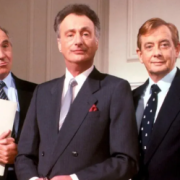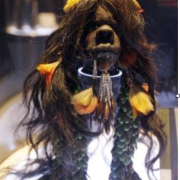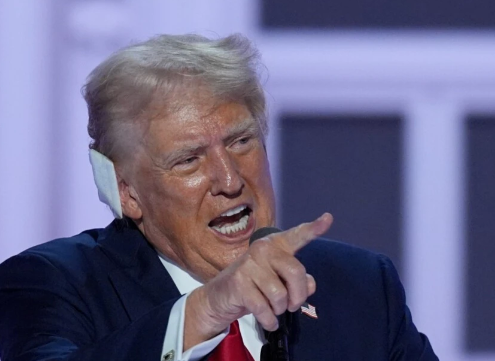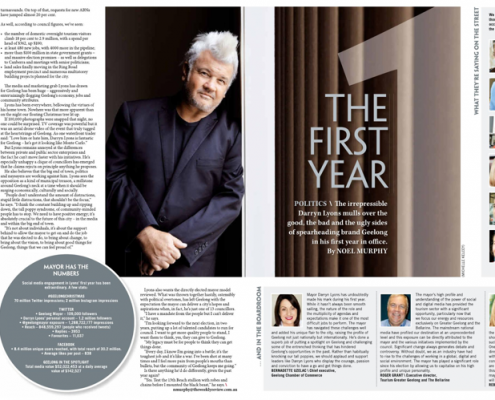Truth, reality and other fictions
Hard to watch, hear or read anything of politics without thinking of the razor-sharp wisdom peppered through TV’s Yes Minister.
“Never believe anything until it’s been officially denied’.”
“I don’t think we need to bring the truth in at this stage.”
Sir Humphrey, Bernard and Jim Hacker possessed an unerring ability to confuse and manipulate issues, generally to a point of ‘creative inertia’ protecting their behinds.
Timely to remember because in these days of mass disinformation, misinformation, fake news, AI, hate speech and free speech/outright lies, there’s more obfuscation than ever.
So much so that facts, to many people, don’t really matter. As George Constanza says: “It’s not a lie if you believe it.”
Your truth can be the truth – even if you don’t believe it, I’d submit. And it might be nearing its use-by date but, to some, facts and reality are still important.
A couple of recent instances where they went on sick leave:
- Albo versus Chief of the Defence Force David Johnston over exactly just when Australia discovered China’s live-fire war games. Truth seems MIA.
- RBA cuts interest rates because inflation’s dropping, prompting immediate inflation-triggering election pork-barrelling. Was it asleep at the wheel or pushed into it following the government’s recent RBA restructure? MIA.
- Nazi-saluting drongos arrested while others demanding total annihilation of the Jewish nation in weekly demos shrieking vitriolic, murderous hate speech are fine. Guess the drongos aren’t Muslim voters in western Sydney seats. Sieg-hail.
- Trump v Europe, Ukraine, Canada, Mexico and the rest of the world. His ambit deal pitches are always wild. He rolled over to Mexico, Canada. Ukraine might still come around if Vance and POTUS can cool their hyper-extended jets. Trump’s cooled his Gaza Riviera plans. You have to call BS on him.
In fact, facts can be very illusory.
If you really think the US will come save your bacon when things get tough, think again – and Trump’s hardly the first Yank slow out of the stalls. The US were very tardy to help the Allies in two world wars.
The first saw massive shipments of US supplies and a huge line of credit to the Allies before they finally joined the fray mid-1917.
And prior to the Pearl Harbor trigger, late 1941, US industrialists were actively helping the Nazis: Rockefeller’s Standard Oil, GE tungsten carbide with Krupps, Ford and GM with vehicles, Coca-Cola, ITT with phones ….
It is the biggest capitalist nation on earth, after all. It’ll probably come if there’s a buck in it somewhere. Why would y’all think otherwise?
So yeah, worry about these new forms of falsehood but don’t overlook your own illusions of truth. That’s confirmation bias btw. It’s not new, been around forever.
Thing about truth, it doesn’t really bend. You can try but it’s really like maths, chemistry, biology. And no matter how you dress it up, it can often feel like a fair punch in the nose.
Am I getting too cynical? Maybe, but as Sir Humphrey tells me: “A cynic is what an idealist calls a realist.”




